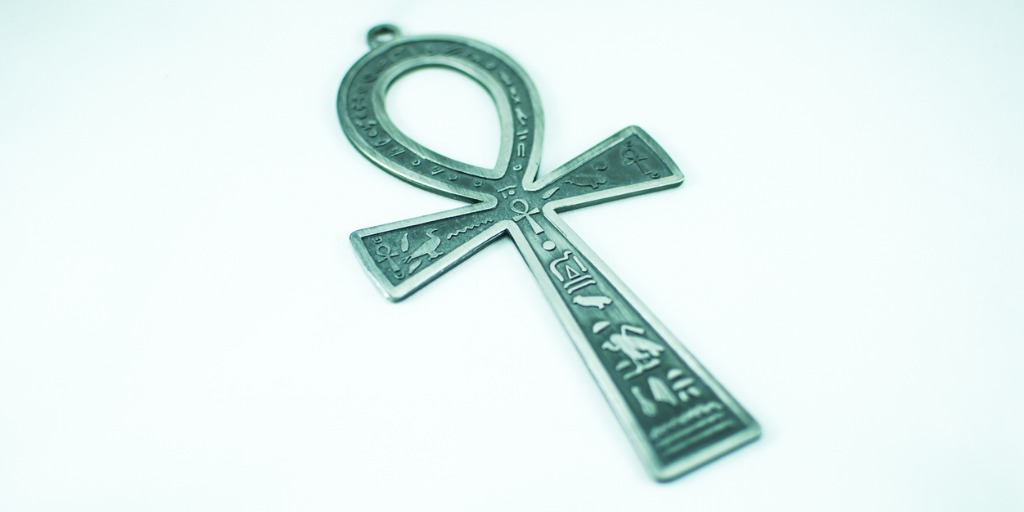The Key of Life!

Are you interested in life, life after death? The ancient Egyptians were—very much so. They spent their lives working for, and hoping to obtain, the key of life. They believed this would give them entrance into the abode of the blessed. Great changes have taken place in the world during the intervening millennia, but the desire for life in the hereafter remains paramount in the heart of man.
A visit to the ancient monuments in Egypt was most impressive and enlightening. Abdu, our guide, led us from one great temple to another. Then across the Nile River to the west side, and down we went through the long passages to underground tombs hewn out of rock. He pointed to engravings and sculpture work on the massive walls and numerous columns, on huge statues, and decorating the walls and ceilings of the tombs. There were pictures of the pharaohs, depicting their exploits and achievements. There were pictures of the various gods performing their rituals. Every remaining space was covered with hieroglyphics. We were overwhelmed with the magnitude of the antiquities in contrast to the minuteness of detail and perfection of the carvings and engravings.
Abdu pointed to one symbol: “That is the key of life,” he said. It proved most interesting. We recognized it repeatedly in the writing. We also noticed it often grasped as a key in the hand of the statues of the pharaohs. We saw pictures of the gods, half animal and half man, presenting the key to the great ruler.
What a contrast! Ruins of temples, broken and fallen-down statues, plundered tombs. On every side the signs of death, of destruction, and all stamped with the key of life. “Yes,” said Abdu, “the ancient pharaohs worked diligently all their lives to obtain the key of life. They believed that their deeds on earth would be weighed in scales, the good on one size and the evil on the other. If the good outweighed the evil, then they would be qualified to receive the key of life.”
There, in all his pride, stood the enormous statue of Ramses II, his hand at his side, holding the key of life. We looked again at the symbol. “What does it look like?” We asked ourselves the question. We asked each other. In the hieroglyphics it means “to live” or “life.” It originated from a representation of a man with his arms outstretched. The answer came in unison. “Like the cross, the cross of Jesus Christ, the cross upon which he died in order to give eternal life to everyone that believe on Him and accept Him as their Lord and savior.”
The ancient key of life could not give eternal life. The cross, in itself, cannot give life. But the Man who died on the cross, He has given us the key of life. Here it is: “This is life eternal, that they might know Thee, the only true God, and Jesus Christ whom Thou hast sent” (John 17:3). The great desire to obtain life after death remains in the heart of man. Many are searching for an answer. Are you interested in life after death?
The key of life is being offered to you today. By accepting the Lord Jesus Christ in faith as your personal Savior, eternal life, with all its glory and fullness, will be yours. The Lord Jesus Christ said, “He that heareth my word, and believeth on Him that sent me, hath everlasting life” (John 5:24).




